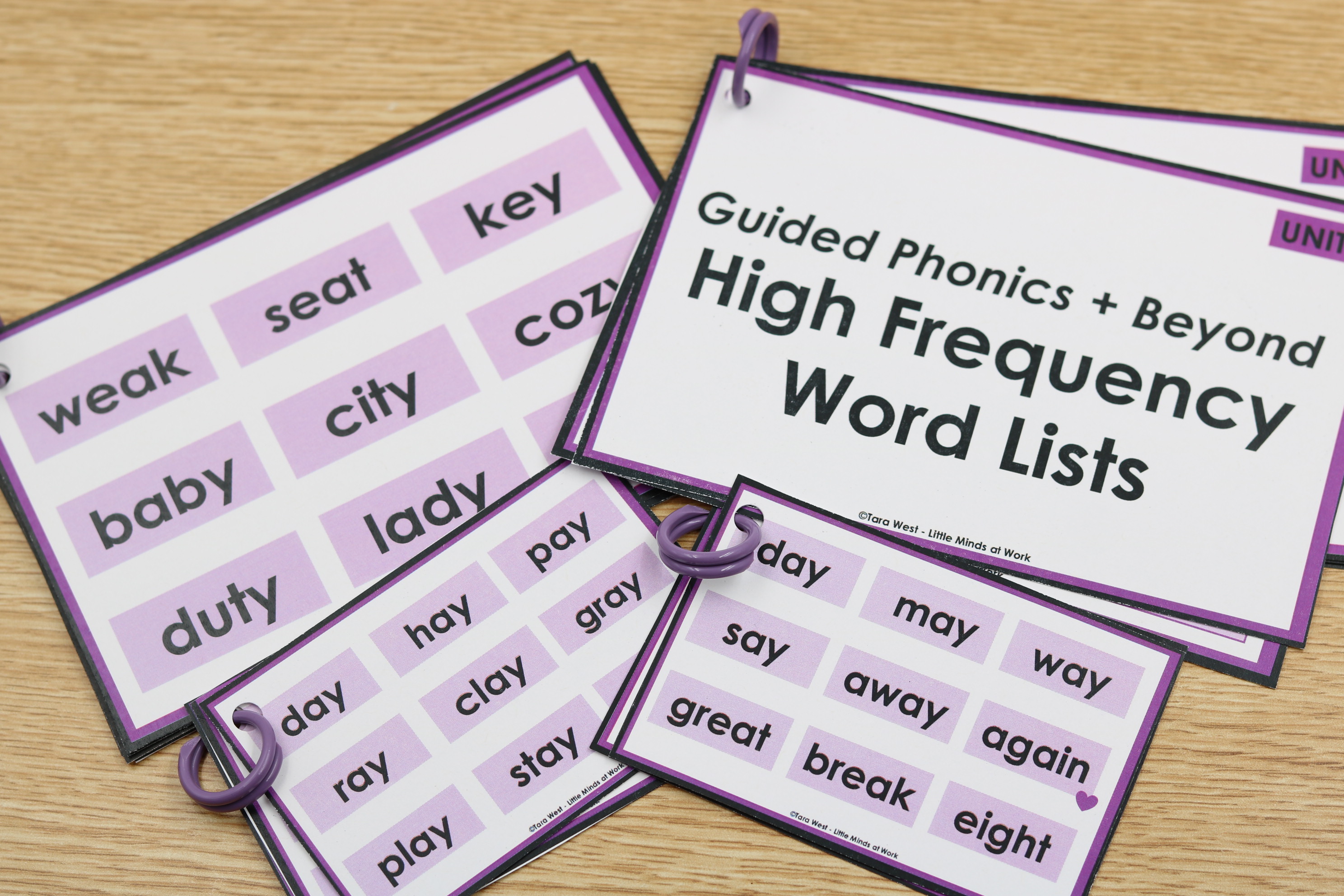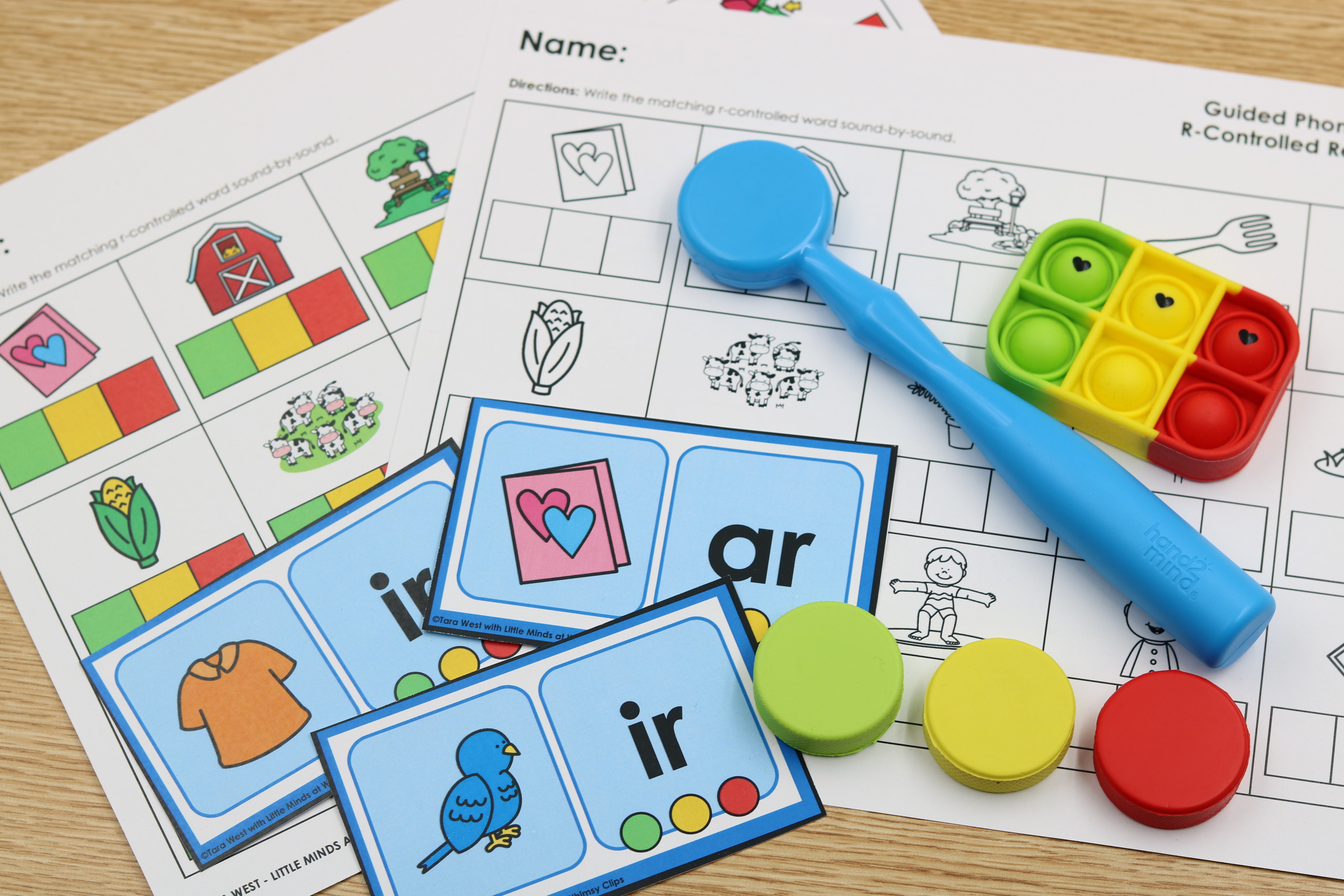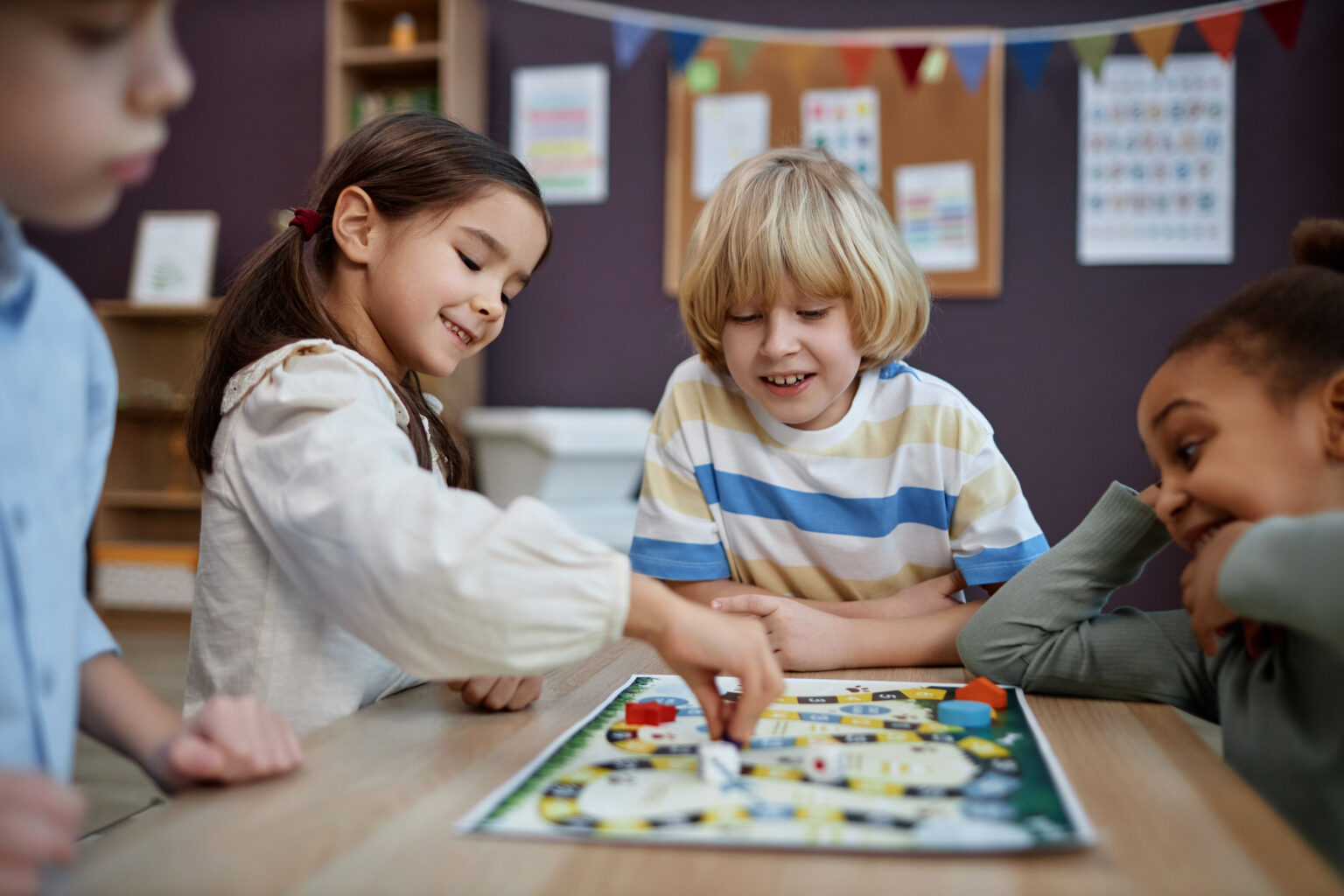Hello, passionate educators and literacy leaders! As you know, phonics instruction is...
As teachers we are constantly learning and fine tuning our expertise! When I first started teaching I had this idea that if my students could id and write their numbers to 20 then they had great “number sense.” However, what I didn’t realize was that I couldn’t just teach my students to have number sense. Instead, my students needed to work directly with the numbers through hands on activities, explaining their reasoning with their peers, and teacher-led discussions where students connect math to their own personal experiences.
Number sense is a combination of understanding/representing numbers, combining numbers, the number’s magnitude, and the skill set to work with the numbers. What
can we do to promote it with our students?
Research has shown mathematical classroom routines and hands on games
build a strong foundation in number sense.
This is an excellent number sense video from The Teaching Channel!
And this video also from The Teaching Channel….that emphasizes math should be fun and that students have ownership in the activities!
In my classroom I am using Whole Brain Teaching techniques – – keeping all students fully engaged allowing for opportunities where the students can “teach” their peers about the problems we are solving! I also use a lot of deeper thinking questioning, “how did you get that answer?” “can you prove that answer?” “why did you use that strategy?” These are not easy concepts and questioning techniques that come naturally to the students. However, after repeatedly using these questioning techniques students become more comfortable explaining their reasoning. Actually, it’s simply amazing to see how they process through the problems!
Number sense is not just a math “time” concept. I try to add number sense through out our day. If you think about it we as adults are constantly doing simple math problems in our heads through out the day so why not draw the kid’s attention to these simple problems. For example, “we have 6 friends that set at this table, but 1 friend is home sick – – how many papers will their table need today?” Kids love to problem solve, but some students need the encouragement and the confidence that they can work through the problems on their own!
To build number sense during math I am trying to add more and more talking and reasoning! The try”ing” part comes from we still have curriculum to follow and I feel the students do need some independent practice at their seats with hands on materials or practice sheets. So, I am working on balancing our time where we can easily do both!
I am guilty of teaching to the worksheet at times. What I mean by that is I am following the curriculum and at times focus on if I am getting that completed rather than teaching to what the kids need. When you think back to your Kindergarten experience you most likely don’t remember learning the number 13 by completing a worksheet, but you might remember the time with the teacher let you pull our glass gems to match each number. Our students are exposed to so much “stuff” like; technology, games, movies, TV, etc that we have to make learning meaningful so they can stay engaged and want to learn!
This is a concept I plan to write a lot about! As I am NO expert and I’m still learning each and every day! For now I want to leave you with a packet I put together that has a selection of number sense building activities! I could explain all of the activities but that would not be fun so I am instead showing you the activities in action!
Number Sense Classroom Display
Number Sense Classroom Display OR Math Center/Intervention match up game
Math Interventions/Center Activities
Roll a dot cube & match to number card
Addition using fingers and match to number card
Match domino to number word card
Represent numbers using manipulatives
Fill ten frames using manipulatives
Represent addition problems using manipulatives
Fill a ten frame using counters
Match tally card to numeral card
Represent the number 6 in multiple ways
Number Sense Freebie
This freebie sheet is versatile! You can easily use it during whole group independent practice, math interventions, or math centers! See sample sheet for an explanation of each section!



